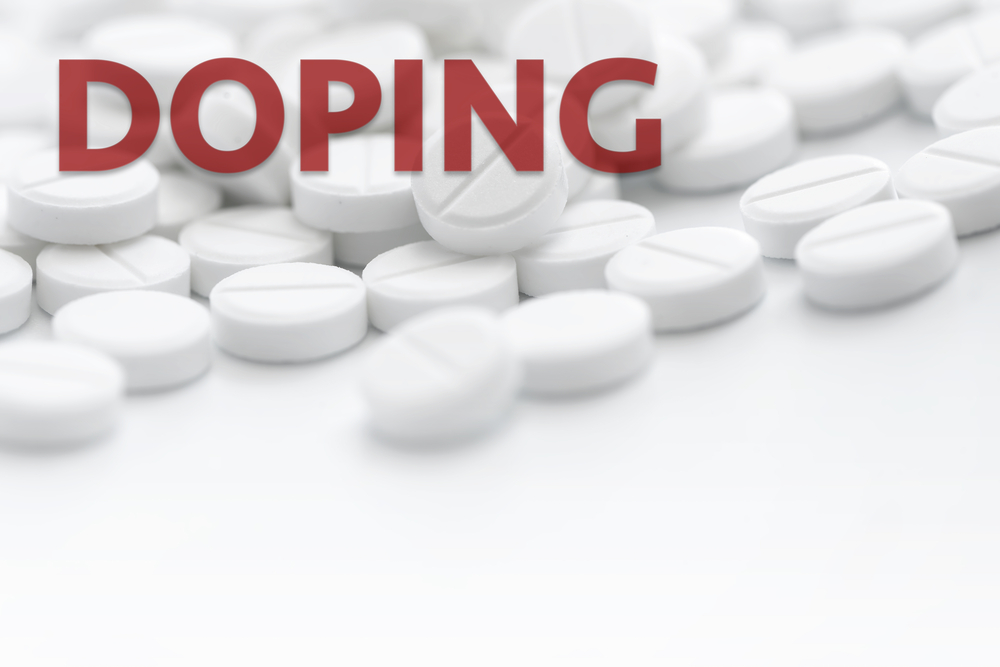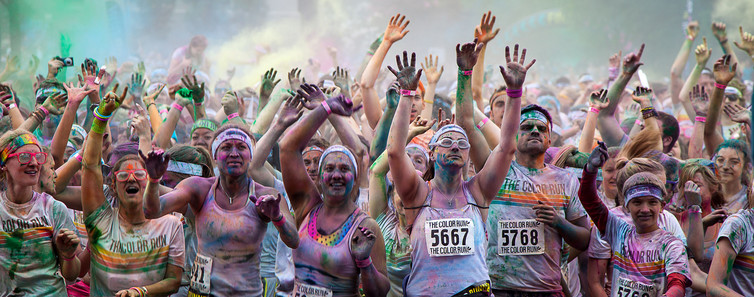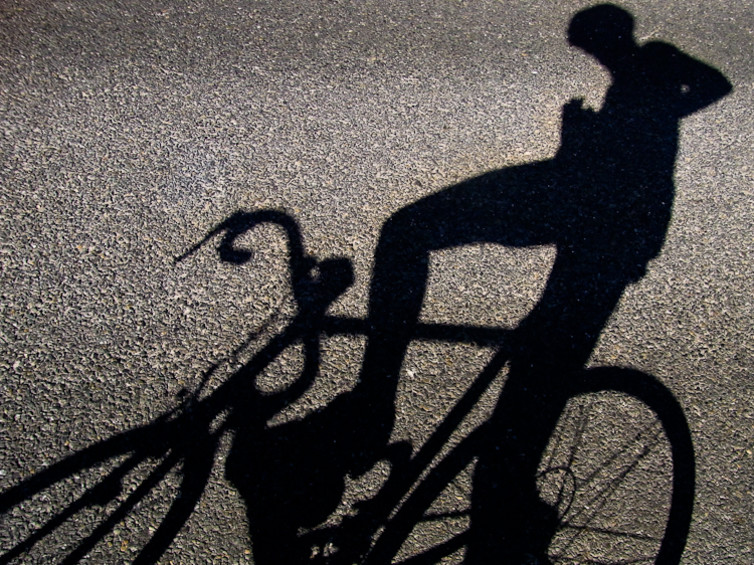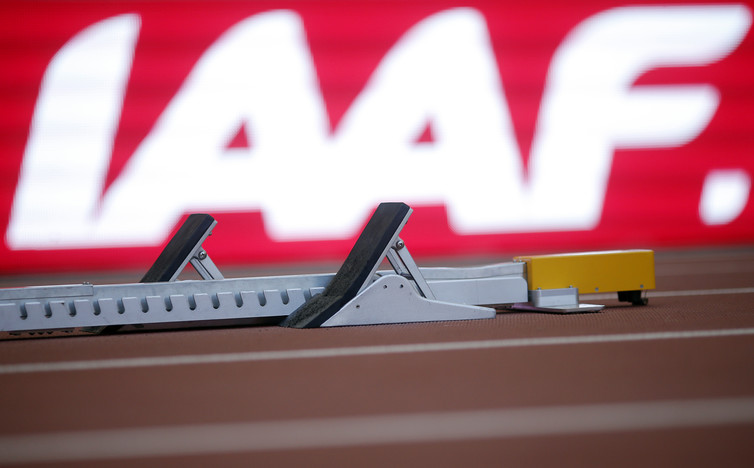The Doping Crisis’ Credibility Costs

Please note that we are not authorised to provide any investment advice. The content on this page is for information purposes only.
Anti-doping is in crisis. Russia has created a real dilemma as the World Anti-Doping Authority (WADA) and the International Olympic Committee agonise over the extent and nature of sanctions after doping revelations. Kenya is struggling to meet the requirements that will allow it to take part at the Olympics.
Anti-doping is in crisis. Russia has created a real dilemma as the World Anti-Doping Authority (WADA) and the International Olympic Committee agonise over the extent and nature of sanctions after doping revelations. Kenya is struggling to meet the requirements that will allow it to take part at the Olympics.
A fiasco over recently banned substance meldonium rumbles on, and the Chinese anti-doping laboratory has had its accreditation withdrawn.
It seems that the tougher WADA try to be, the more scandals emerge, the less trust the public have in athletes, scientists, doctors and sports leaders. The stories of complicity and corruption at the highest level are enough to make the most enthusiastic flag waver feel cynical and despondent.
The root of this crisis is in the 1960s: the time when anti-doping was given shape through new testing procedures and the first list of banned substances was made. The International Olympic Committee (IOC) was the leader, based on its amateur sports principles and strong moral sense of sport’s purpose.
There was also a latent sense that athletes should be “natural” and “pure”, competing without the interference of money or the seriousness of political ambitions.
However, what made sense then is no longer viable: practically or idealistically. The pioneers of anti-doping focused on what athletes took in immediate preparation for a race; stimulants that would give short bursts of energy and concentration.
By drug testing the top finishers, they could determine if someone had cheated their way to a medal. Anti-doping had an achievable ambition, focusing on the cheating aspects of short-term drug abuse. Idealists proclaimed the end of doping.
Running can be its own stimulant. Scooter Lowrimore/Flickr, CC BY
Genie out of the bottle
By the 1970s, however, the widespread use of steroids during training periods created two irresolvable problems. First, the only way to know if an athlete used steroids was to test them regularly in their home, training centre or workplace.
This is expensive, impractical, easy to beat, and impinges on personal freedoms and privacy. The IOC did not have the finances to support this, so steroid use was uncontrollable.
Second, it is not possible to determine the exact cause and effect of using steroids as the direct impact on performance is part of a combination of other sports preparation and psychological strategies.
Over time, the list has grown to overly complex proportions. There are now ten categories of banned substance or methods. Some are allowed out of competition but not in competition. Some are allowed up to a threshold level. The time a drug stays in the body varies. Some names of drugs vary depending on the manufacturer. Some have very complex names.
The list has further expanded in response to athletes using masking agents (such as diuretics that disguise the presence of steroids in urine), inventing illnesses to use medical products, suppliers innovating with drugs that could not be tested for, and restrictions on recreational drugs.
This approach to anti-doping policy has led to innocent athletes being banned and stigmatised: not because they cheated, but because they inadvertently broke the rules.
In the shadows: athletes can be left to fend for themselves. Martin Thomas/Flickr, CC BY
The history of sport is littered with examples of innocent athletes caught up in the net of anti-doping. Those who are caught face alienation from their social networks and their only occupation, causing some to be so depressed as to attempt suicide. There is a distinct lack of sympathy for drug cheats, disproportionate to other forms of cheating.
Different era, same rules
When WADA was created in 1999, the ideals, principles, practices, objectives and Utopian vision of drug-free sport – as laid out in the much simpler 1960s – should have been carefully dissected and reinvented for modern sport. Instead, the IOC model was simply recycled and empowered in a global organisation.
However, we now live in a world of technology, commerce, and performance innovation, where drugs could be safely used for recovery and performance, if only the rules were relaxed. Of course, people react to such proposals with dismay, arguing that open drug use would mean young people being forced to take unsafe drugs just to take part in sport.
I agree, that is an unwanted outcome. However, given the ongoing crisis caused by the intensity of current anti-doping policies, a rational response might be to stop, take stock, assess the positives and negatives, engage athletes and fans, and come up with some fresh ideas.
Those ideas that (if nothing else) are achievable, don’t harm innocent athletes, and treat “sanctioned” athletes with humanity, dignity and a constructive route of rehabilitation.
New ideas. Just for starters. EPA/DIEGO AZUBEL
A number of reform models have been proposed by academics, yet we need a way to innovate. WADA has set up independent commissions to review specific issues, such as the revelations by Russian whistleblowers.
Perhaps what is needed is a different type of independent commission, external to WADA that reviews existing strengths and weaknesses, rewrites the 60s vision of drug-free sport for the 21st century, and makes realistic proposals that protect the basic humanitarian values of sport.
At the heart of such proposals could be health protection, encouraging the athlete’s voice, evidence use in policy making, transparency of the scientific decisions, protection of whistleblowers, a reduced cost appeals process, and some action to engage sports audiences in a mature way that explains what it is like to be a high performance athlete.
If we can agree some core shared values, then power could be devolved to allow local organisations to deal with the unique circumstances they face. This could target resources at the “problem” areas. However, until we have a new platform for open debate and fresh ideas, the current crisis is unlikely to disappear soon.
Anti-doping crackdown is unleashing an unnecessary glut of scandals is republished with permission from The Conversation








